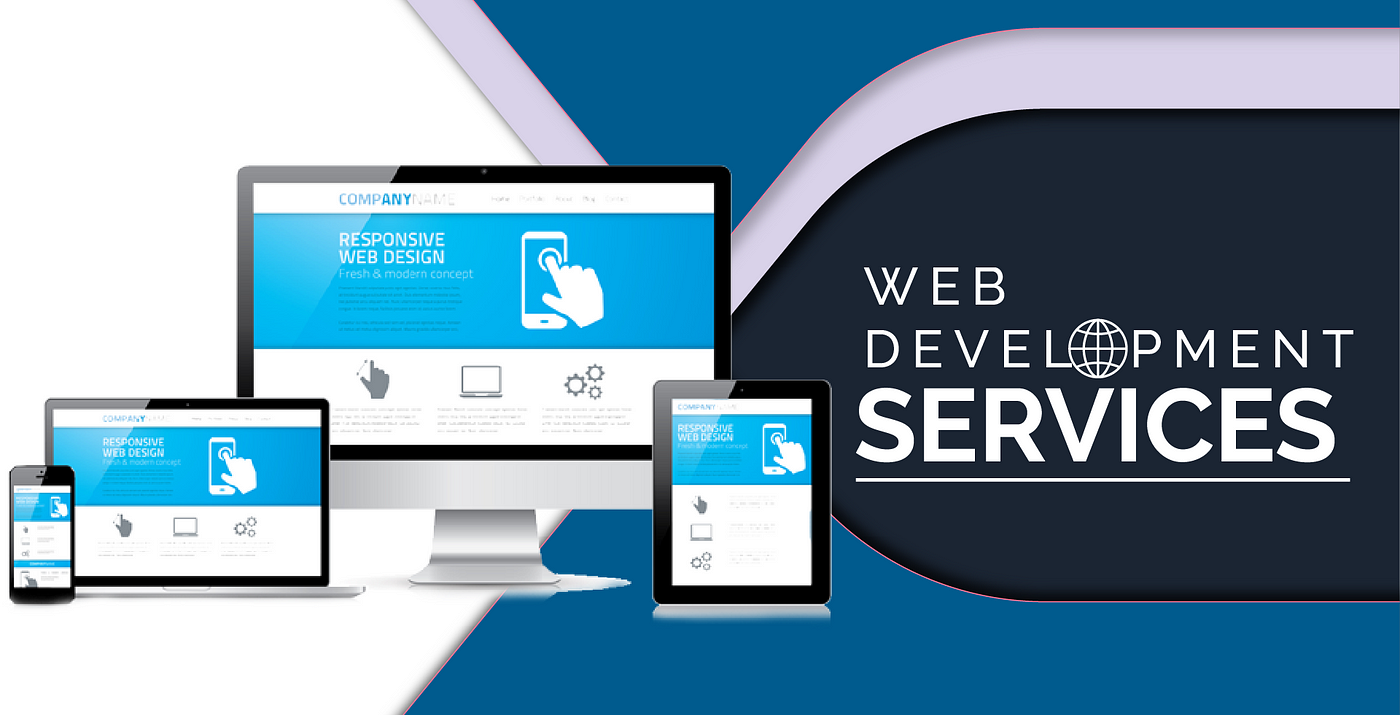The Psychology of Web Design
The psychology of web design is a fascinating topic that explores the emotional and psychological aspects of user experience. It's a field that combines psychology, design, and technology to create websites that are not only visually appealing but also emotionally engaging. As the renowned designer, Don Norman, once said, "Design is not just about creating something that looks good, it's about creating something that feels good." This quote highlights the importance of considering the emotional and psychological aspects of design when creating websites.
The psychology of web design is a complex and multifaceted field that involves understanding user behavior, emotions, and motivations. It requires designers to think about the user's experience and how they can create a website that meets their needs and expectations. One of the key principles of the psychology of web design is to create a sense of emotional connection with the user. This can be achieved by using colors, typography, and imagery that evoke emotions and create a sense of empathy. For example, a website that uses warm and inviting colors such as orange and yellow can create a sense of happiness and excitement, while a website that uses cool and calming colors such as blue and green can create a sense of relaxation and trust.
Understanding User Emotions and Behavior
Understanding user emotions and behavior is crucial in the psychology of web design. It involves understanding what motivates users, what they like and dislike, and how they interact with websites. One of the key factors that influence user behavior is emotions. Emotions play a significant role in decision-making, and users are more likely to engage with a website that evokes positive emotions. As the psychologist, Robert Plutchik, once said, "Emotions are the primary drivers of human behavior, and they play a crucial role in decision-making." This quote highlights the importance of considering emotions when designing websites.
To understand user emotions and behavior, designers can use various techniques such as user testing, surveys, and analytics. These techniques can provide valuable insights into user behavior and help designers create websites that meet their needs and expectations. For example, user testing can help designers identify areas of a website that are confusing or frustrating, while surveys can provide insights into user motivations and preferences. Analytics can also provide valuable data on user behavior, such as how users interact with a website, what pages they visit, and how long they stay on a website.

The Role of Color, Typography, and Imagery
Color, typography, and imagery are essential elements of web design that can evoke emotions and create a sense of emotional connection with the user. Colors can evoke different emotions and create a sense of mood or atmosphere. For example, red can create a sense of excitement and energy, while blue can create a sense of calmness and trust. Typography can also evoke emotions and create a sense of personality or tone. For example, a bold and sans-serif font can create a sense of modernity and sophistication, while a serif font can create a sense of tradition and elegance. Imagery can also evoke emotions and create a sense of empathy or connection. For example, images of people can create a sense of human connection, while images of nature can create a sense of calmness and serenity.
When it comes to using color, typography, and imagery in web design, designers should consider the emotional and psychological aspects of these elements. They should think about how these elements can evoke emotions and create a sense of emotional connection with the user. For example, a website that uses a bold and bright color scheme can create a sense of excitement and energy, while a website that uses a calm and soothing color scheme can create a sense of relaxation and trust. Here are some key considerations when using color, typography, and imagery in web design:
- Use colors that evoke emotions and create a sense of mood or atmosphere
- Use typography that creates a sense of personality or tone
- Use imagery that evokes emotions and creates a sense of empathy or connection
- Consider the cultural and social context of the user
- Test and iterate to ensure the design is effective
How to Use Storytelling and Narrative Techniques
Storytelling and narrative techniques are powerful tools in web design that can create a sense of emotional connection with the user. They involve using stories, anecdotes, and narratives to convey a message or create a sense of atmosphere. Storytelling can create a sense of empathy and connection with the user, while narrative techniques can create a sense of flow and engagement. As the designer, Seth Godin, once said, "The best way to communicate with people is to tell them a story, because stories are how we remember and make sense of the world." This quote highlights the importance of storytelling in web design.
To use storytelling and narrative techniques in web design, designers should think about how they can create a sense of narrative or story. They should consider using elements such as characters, plot, and setting to create a sense of story or atmosphere. For example, a website that uses a character or mascot can create a sense of personality and tone, while a website that uses a narrative or story can create a sense of flow and engagement. Designers should also consider using language and tone that is engaging and conversational, such as using contractions, idioms, and colloquial language.
The Impact of Micro-Interactions and Animations
Micro-interactions and animations are essential elements of web design that can create a sense of engagement and interaction with the user. They involve using small animations and interactions to create a sense of feedback or response. Micro-interactions can create a sense of delight and surprise, while animations can create a sense of flow and engagement. As the designer, Dan Saffer, once said, "Micro-interactions are the small things that make a big difference in the user experience, because they create a sense of feedback and response." This quote highlights the importance of micro-interactions in web design.
To use micro-interactions and animations in web design, designers should think about how they can create a sense of feedback or response. They should consider using elements such as hover effects, loading animations, and scrolling effects to create a sense of interaction and engagement. For example, a website that uses a hover effect can create a sense of surprise and delight, while a website that uses a loading animation can create a sense of anticipation and expectation. Designers should also consider using micro-interactions and animations to create a sense of personality and tone, such as using humor or whimsy to create a sense of playfulness and fun.
Case Studies of Successful Websites
There are many successful websites that use the psychology of web design to create a sense of emotional connection with the user. For example, the website of the company, Airbnb, uses a bold and bright color scheme to create a sense of excitement and energy. The website also uses imagery and storytelling to create a sense of empathy and connection with the user. Another example is the website of the company, Warby Parker, which uses a calm and soothing color scheme to create a sense of relaxation and trust. The website also uses micro-interactions and animations to create a sense of engagement and interaction with the user.
These case studies demonstrate the importance of considering the psychology of web design when creating websites. They show how designers can use elements such as color, typography, and imagery to evoke emotions and create a sense of emotional connection with the user. They also demonstrate the importance of using storytelling and narrative techniques to create a sense of flow and engagement. By considering the psychology of web design, designers can create websites that are not only visually appealing but also emotionally engaging and effective.
Emotional Engagement in Interactive Experiences
The psychology of web design can also be applied to other interactive experiences, such as online games, to create a more engaging and immersive experience for users. By understanding what drives user emotions and behavior, designers can create experiences that are not only fun but also emotionally resonant. For instance, the use of bright colors and upbeat music in certain games can create a sense of excitement and energy, much like the use of bold and bright color schemes in web design. Players can try out Summer Bling slot online (BF Games) to see how these elements come together to create an engaging experience. As users navigate these interactive experiences, they are constantly making decisions and responding to stimuli, which can be influenced by the same psychological principles that guide web design, ultimately leading to a more enjoyable and interactive experience.
Best Practices for Incorporating Psychological Principles
To incorporate psychological principles into web design, designers should consider the following best practices:
- Use colors that evoke emotions and create a sense of mood or atmosphere
- Use typography that creates a sense of personality or tone
- Use imagery that evokes emotions and creates a sense of empathy or connection
- Consider the cultural and social context of the user
- Test and iterate to ensure the design is effective
- Use storytelling and narrative techniques to create a sense of flow and engagement
- Use micro-interactions and animations to create a sense of feedback and response By following these best practices, designers can create websites that are not only visually appealing but also emotionally engaging and effective.
In conclusion, the psychology of web design is a fascinating topic that explores the emotional and psychological aspects of user experience. By considering the psychology of web design, designers can create websites that are not only visually appealing but also emotionally engaging and effective. As the designer, Joshua Porter, once said, "The goal of web design is not just to create a website that looks good, but to create a website that feels good, and that means considering the emotional and psychological aspects of design." This quote highlights the importance of considering the psychology of web design when creating websites. By incorporating psychological principles into web design, designers can create websites that drive conversions and manipulate user emotions, ultimately leading to a more successful and effective online presence.







